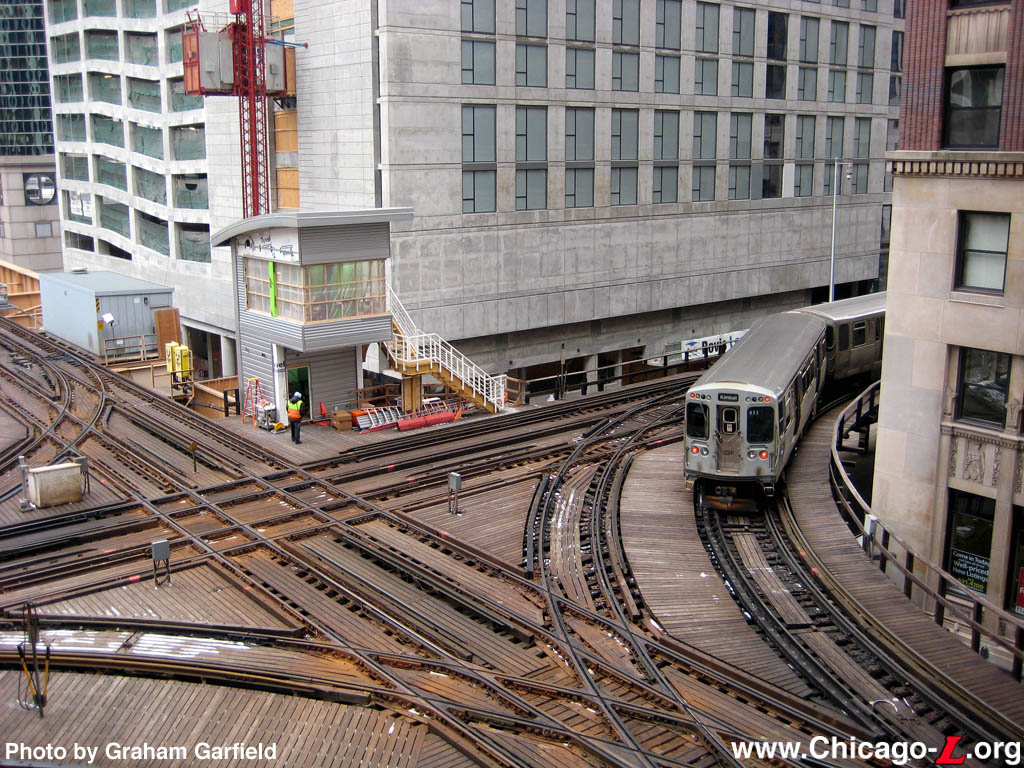W. K. Lis
Superstar
From link.The Eglinton West line is supposed to be hilariously under capacity.
Even if it can't grab 30,000 pphd numbers with 90 second frequencies doesn't mean it'll need it.
It may end up needing more than the 15,000 that a surface LRT can provide, but I don't see a problem with the LRT being able to achieve 25,000 PPHD or so, which is plenty of capacity. That's equivalent to about a 2 minute frequency which will give more flexibility to slot in the less reliable surface trains into the network (though they may have to sit at Laird for a little bit to slot into the schedule), and would exceed the demand we see on the Bloor Danforth Line today.
It's easy to get lost in the capacity numbers and just project out infinite growth, but these things are more complex and the numbers people worry about on this board for capacity are often so insanely high and 3-4x projections. By the time the numbers could possibly be reached we are talking about another generation from now where new infrastructure can practically be implemented to reduce demand loads.
From Urban Toronto own map, showing the current development happening along Eglinton Avenue West. That's this year, there could be more in the coming years.




